DCA Down Payment Assistance First-Time Homebuyer Assistance Programs
DCA Down Payment Assistance: Your Ticket to a North Dakota Home
Buying your first house can feel like standing at the foot of Theodore Roosevelt National Park’s buttes—beautiful, exciting, and a little intimidating. DCA Down Payment Assistance turns those steep cliffs into gentle slopes by giving first-time North Dakota buyers the cash boost they need for a down payment and closing costs. Keep reading to discover how this powerful program can move you from dreaming to door-unlocking in less time than it takes to binge a popcorn-laden home-renovation show.
Why North Dakota Created the DCA Down Payment Assistance Program
North Dakota’s Housing Finance Agency (NDHFA) noticed a troubling pattern: wages were inching up slowly, while home prices outpaced them like a pickup racing a prairie storm. According to the agency’s 2023 Housing Needs Assessment, the statewide median home price climbed roughly 34% over the last five years, whereas median household income rose only 18%. That gap makes it hard to scrape together a traditional 5%–20% down payment. The state responded by launching the North Dakota DCA program—short for “Downpayment and Closing Cost Assistance”—to keep local talent rooted in the community rather than chasing affordable housing elsewhere.
By providing either a low-interest subordinate loan or a deferred payment option, DCA Down Payment Assistance reduces the upfront cash barrier, stabilizes neighborhoods, and bolsters local economies. It’s a triple win: buyers build equity sooner, sellers widen their pool of potential purchasers, and cities sustain growth.
How Does the DCA Program Work?
Think of the DCA as a friendly sidekick to your primary mortgage. It piggy-backs on a first mortgage that meets NDHFA guidelines—often a FirstHome loan—and supplies up to 3% of the purchase price (maximum \$9,000) for your down payment and closing costs. Here’s the basic structure:
- Form: Second mortgage recorded against the property.
- Type: 0% interest, no monthly payments.
- Repayment: Balance due only when you sell, refinance, transfer title, or pay off the first mortgage.
- Servicing: NDHFA handles all paperwork, so you won’t juggle multiple servicers.
In other words, the program is intentionally gentle—almost like a parent quietly holding the bike seat until you find your balance, then letting go without asking for anything until you’re ready.
Who Is Eligible for North Dakota DCA?
Eligibility hinges on three pillars: household, property, and financing. Meet them, and you’re golden.
1. Household Criteria
- First-time buyer status: You haven’t owned a primary residence in the past three years (veterans are exempt).
- Income limits: For 2024, NDHFA caps household income at roughly \$105,600 in most counties and \$125,300 in high-cost areas. Check the latest chart.
- Credit profile: Minimum 640 FICO for most borrowers; 660 if you’re using conventional financing.
2. Property Requirements
- Location: Must be within North Dakota state lines.
- Type: Single-family home, condo, townhouse, or a duplex as long as one unit will be owner-occupied.
- Purchase price: Generally limited to \$481,176 (2024 NDHFA limit), slightly higher in targeted zones.
3. Financing Conditions
- You’ll pair the assistance with an NDHFA-approved first mortgage—often a FirstHome loan, FHA, VA, or USDA.
- You must contribute at least some of your own funds—currently \$500—to show skin in the game.
If you check all three boxes, the door swings wide open.
How Much Assistance Can You Receive?
Under the DCA Down Payment Assistance program, you can snag up to 3% of the purchase price or \$9,000, whichever is lower. At first glance, that may seem modest, but consider this: In 2023, the average first-time buyer in Minot paid about \$235,000 for a starter home. Three percent of that price translates to \$7,050—more than enough to cover the standard 3.5% FHA down payment on a \$200,000 loan plus a chunk of closing costs. That’s cash you keep in your emergency fund instead of draining on day one.
A lesser-known perk: DCA funds also satisfy the “borrower contribution” rule for some loan types. If you secure \$7,000 from DCA, you no longer need to dip into your 401(k) or beg relatives for gift money. The relief is tangible, tracing through your budget like warm sunlight chasing winter’s chill.
Does DCA Cover Closing Costs in Addition to the Down Payment?
Yes—unlike many assistance programs that restrict funds solely to the down payment, North Dakota’s DCA is versatile. You can allocate money toward:
- Origination fees and discount points
- Appraisal and inspection fees
- Title insurance and recording costs
- Prepaid taxes and homeowners insurance
The only forbidden territory is cash back at closing; every dollar must tie directly to acquisition expenses. Still, reducing those out-of-pocket costs can shave thousands off the cash you need to bring to the table, allowing you to pivot funds toward furnishings, emergency reserves, or that celebratory post-closing pizza party.
Step-by-Step Guide to Applying for DCA
- Pull your credit report. Fix any errors before lenders see it.
- Attend a HUD-approved homebuyer education class. NDHFA requires it and may waive the \$75 fee if you meet income limits.
- Choose an NDHFA-participating lender. About 45 lenders statewide are approved; ask specifically for DCA experience.
- Obtain a first-mortgage pre-approval. FHA vs. conventional vs. VA—compare scenarios.
- Sign the DCA request form. Your lender will bundle it with the mortgage package.
- Shop for homes. Pro tip: Write contingencies that allow time for NDHFA underwriting, typically 10–14 days.
- Finalize underwriting. NDHFA issues a commitment letter confirming your DCA funds.
- Close and celebrate. You’ll sign a second-mortgage note, but no monthly payment is due.
Hidden Advantages Most Buyers Overlook
- Soft second equals higher purchasing power. Because the assistance doesn’t count toward your debt-to-income ratio, you may qualify for a bigger home—or keep payments low by choosing a 15-year amortization.
- Protection against rate hikes. NDHFA often offers below-market rates on the first mortgage when bundled with DCA, insulating you if national rates spike during your home search.
- Equity-jump start. Without DCA, many buyers opt for 100% financing products that come with higher rates. Starting with even a small down payment can accelerate equity growth and shorten the path to a profitable refinance.
Success Story: Emily & Jake’s Leap of Faith
Last spring, Emily, a public-school art teacher, and Jake, a diesel mechanic, were renting a 750-square-foot apartment in Mandan. They had $1,400 in savings after paying for their toddler’s medical bills—nowhere near the \$14,000 their realtor estimated for a traditional down payment on a \$280,000 starter home. Enter DCA assistance. Their lender secured them the maximum \$9,000, slashing their required cash to just \$500. By August, they held keys to a three-bedroom ranch surrounded by cottonwood trees. Six months later, a property valuation showed their equity grew by \$11,000 thanks to market appreciation—already outpacing the assistance they received. For Emily, that felt “like finding an unexpected extra brushstroke that completes the painting.”
Frequently Asked Questions
Does the DCA loan ever get forgiven?
Not automatically. The balance remains until you sell, refinance, or pay off the first mortgage. You can, however, make voluntary payments any time without penalty.
Can I combine DCA with other grants?
Yes, as long as the other program’s rules allow layering and the combined assistance doesn’t exceed your actual closing costs.
Is there a minimum credit score for the DCA program?
Most lenders require at least 640; some conventional products set the bar at 660.
Can I use DCA for new construction?
Absolutely, provided the home will be owner-occupied and meets NDHFA’s purchase-price limits.
What happens if I refinance within a year?
You’ll need to repay the DCA loan at closing or request subordination—NDHFA may approve it if the refinance lowers your rate or monthly payment.
Ready to Unlock Your Front Door?
If rising costs have kept you on the sidelines, DCA Down Payment Assistance could be the nudge that launches you into homeownership. Connect with an NDHFA-approved lender today, or visit the official DCA page to download the latest income and purchase-price charts. Your North Dakota home is closer than you think—the key might already be in your pocket.
Suggested URL slug: /north-dakota-dca-down-payment-assistance-guide
Explore More Blog Posts
Checkout more similar posts those will help you to choose better property.

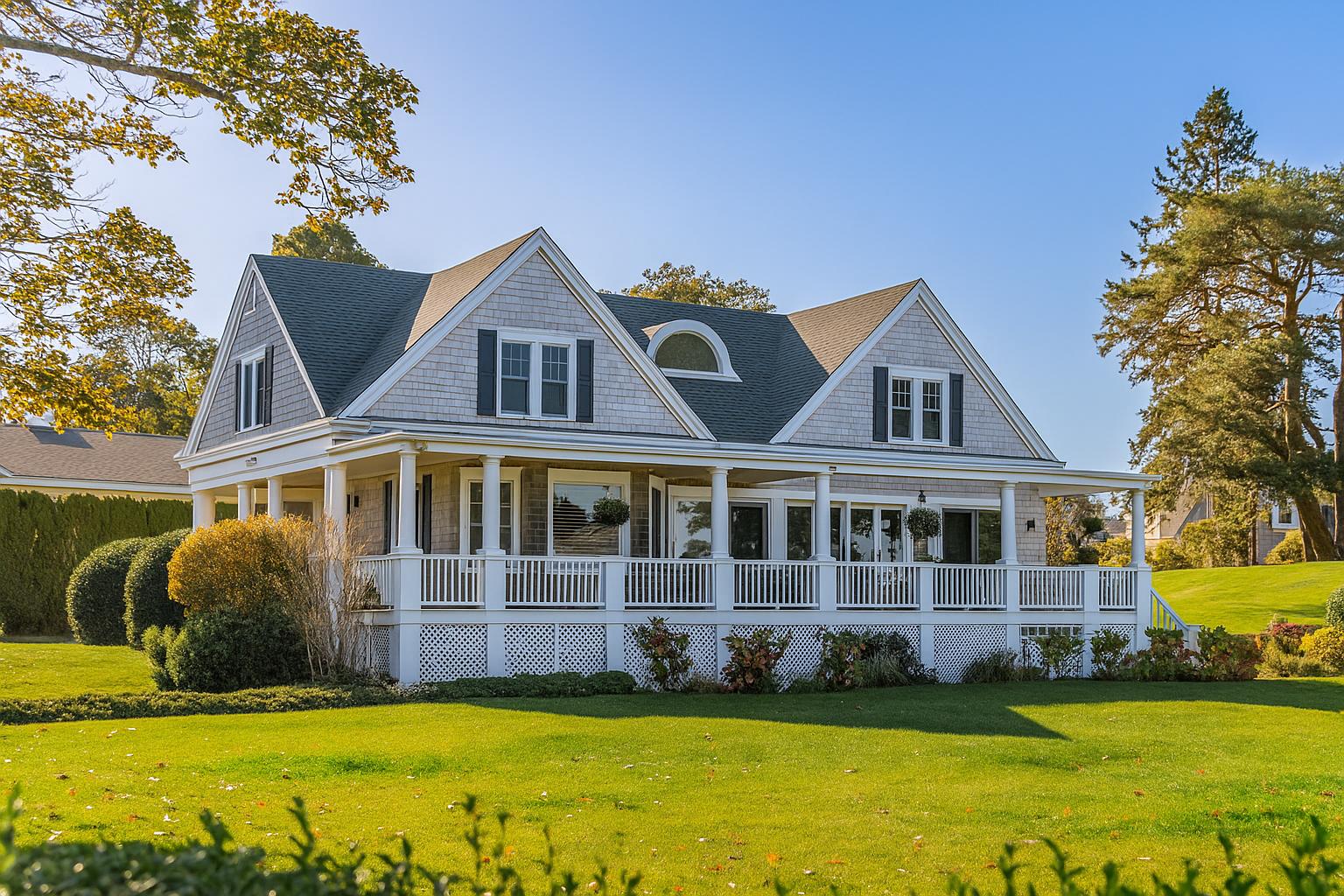
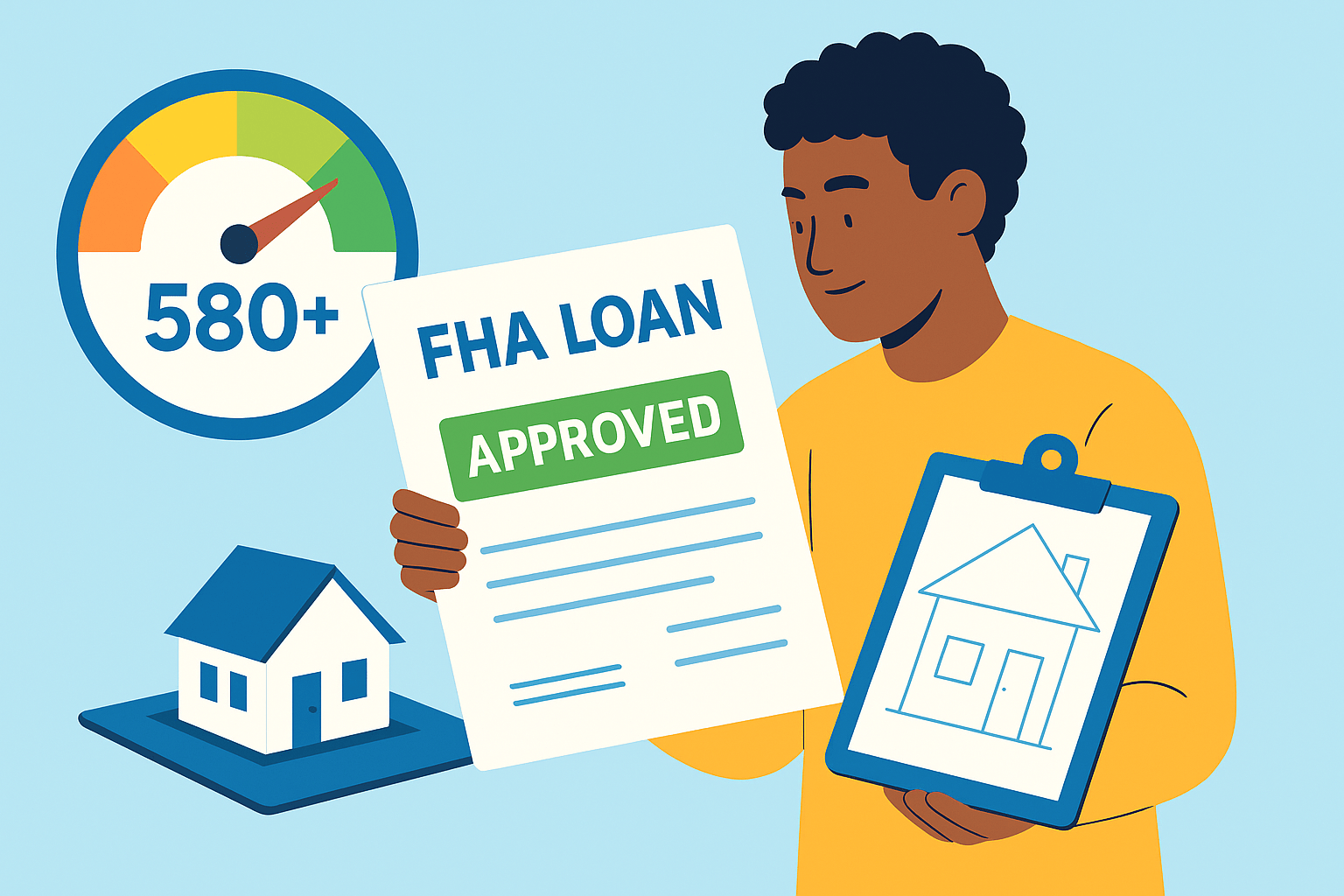
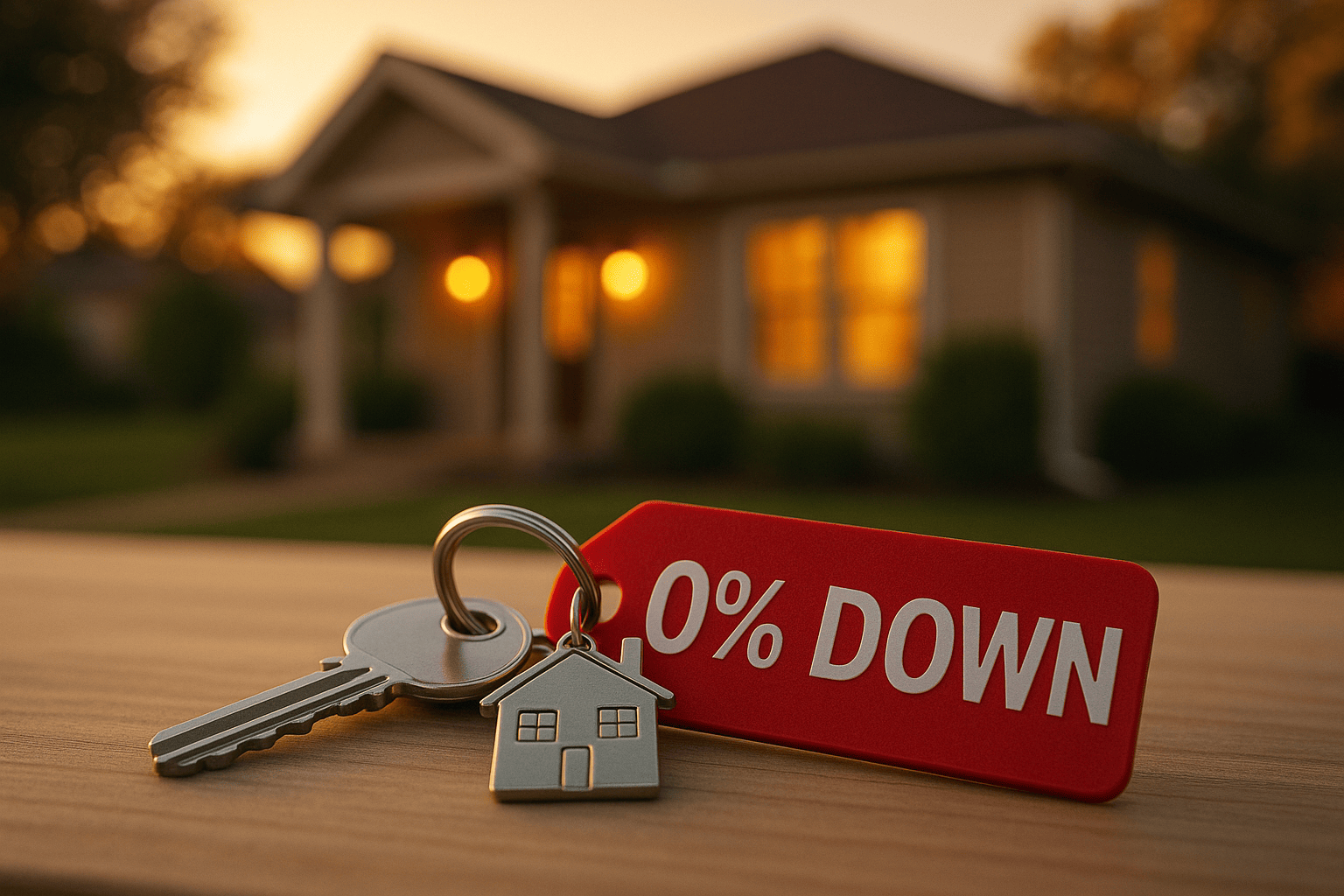




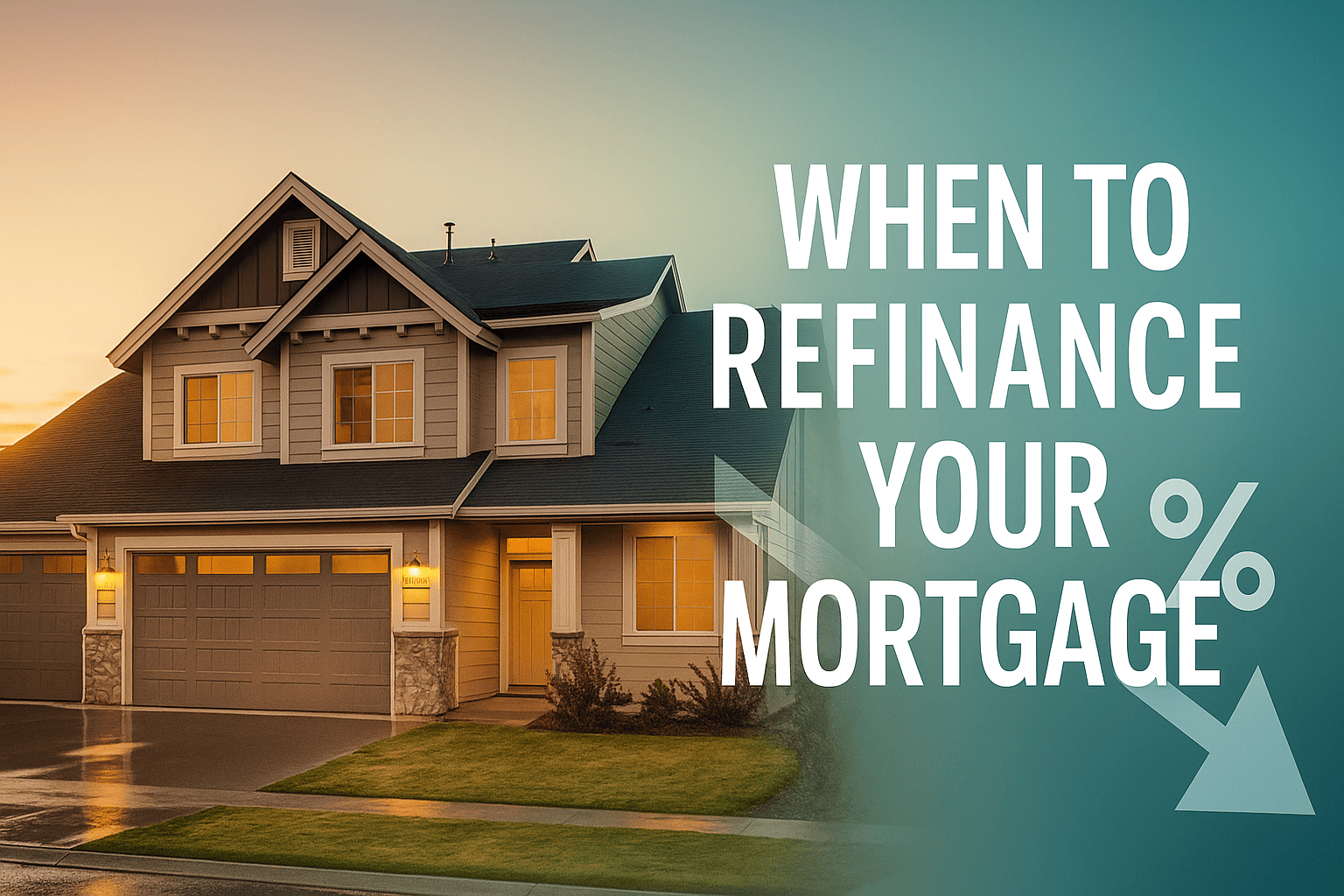
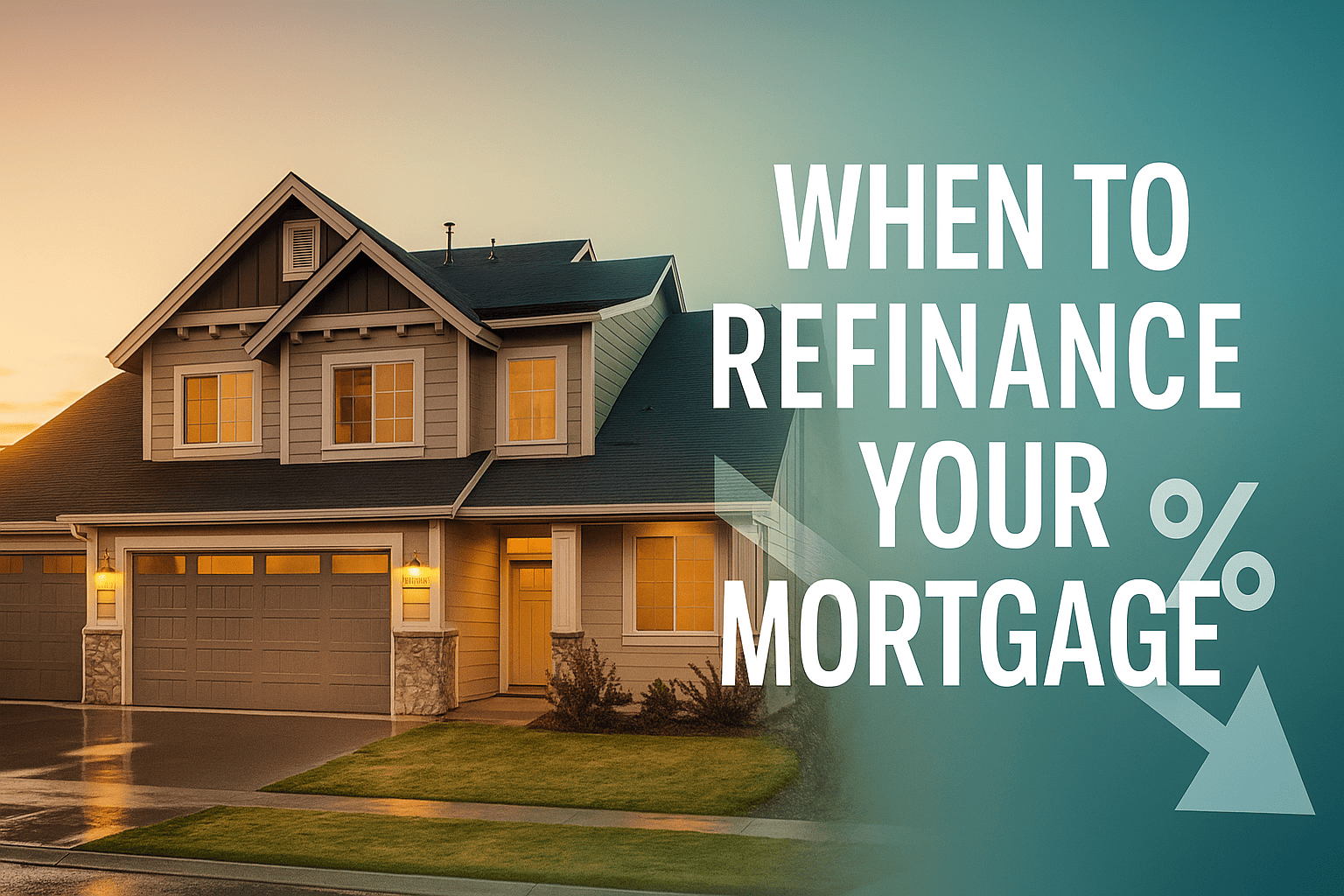


 Profile
Profile Password
Password Saved Properties
Saved Properties Sign Out
Sign Out
 +0.01
+0.01
 -0.15
-0.15

